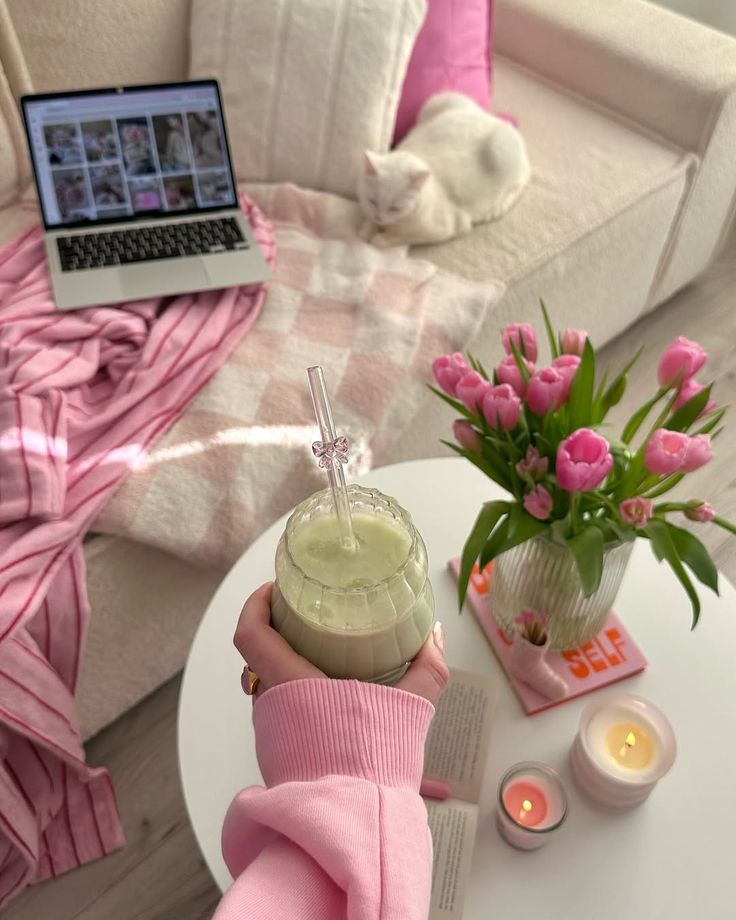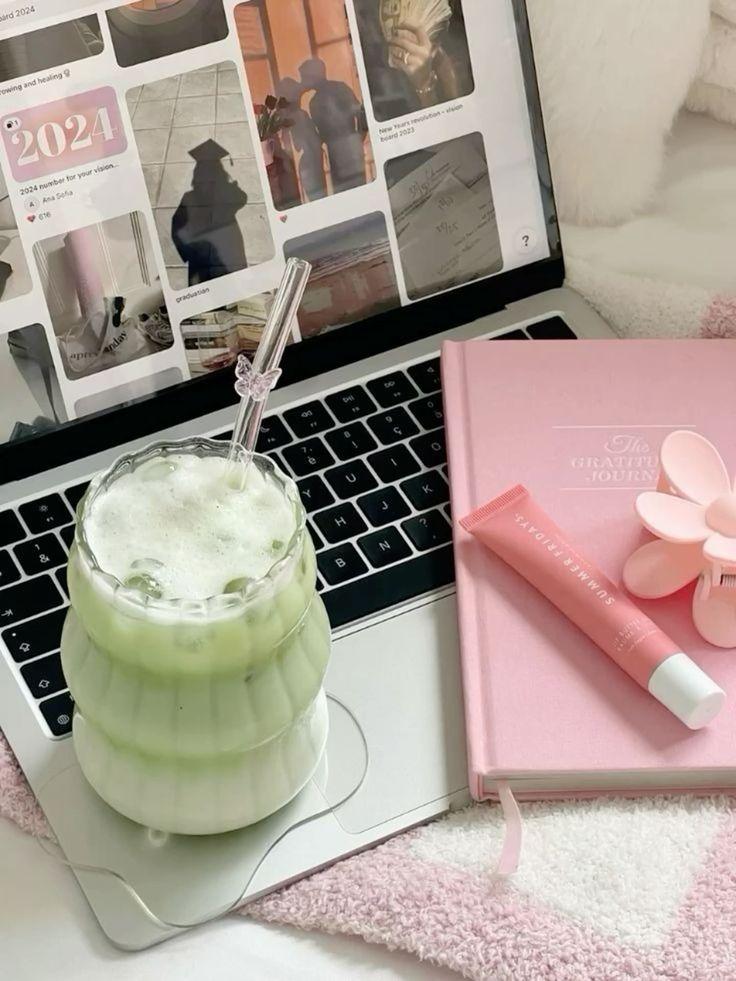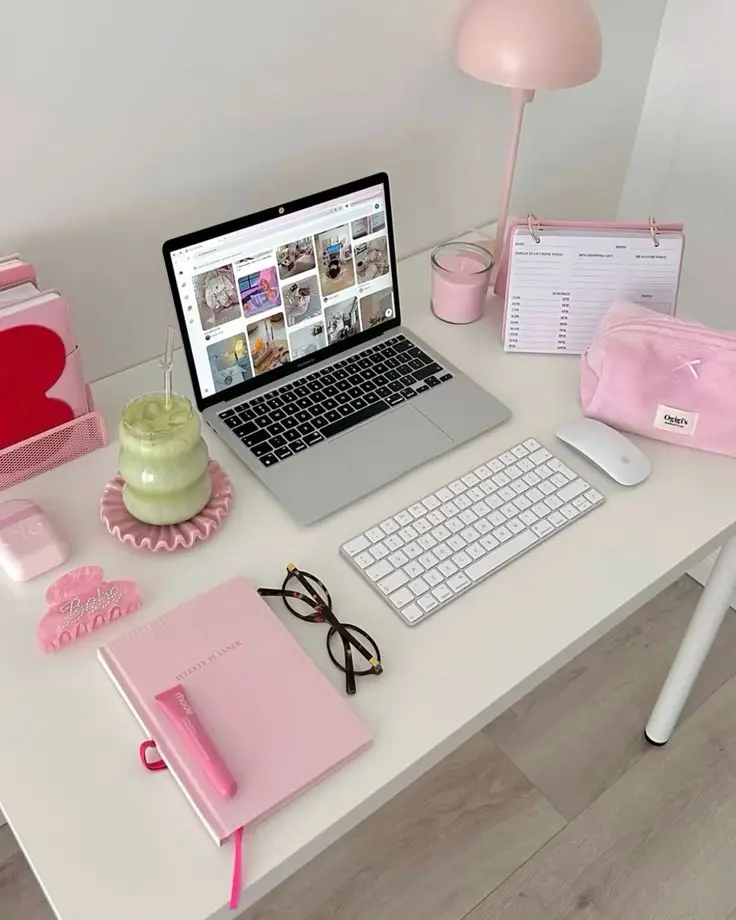In today’s fast-paced world, staying focused can feel like an uphill battle. With constant notifications, endless to-do lists, and the temptation to multitask, maintaining concentration has become more challenging than ever before. You might find yourself struggling to complete tasks efficiently or feeling mentally drained by the end of the day.
Finding strategies that work for your unique situation is the key to improving your focus and productivity. Whether you’re working from home, studying for exams, or trying to be more present in your daily life, implementing effective focus techniques can transform your ability to get things done. The good news is that concentration is a skill you can develop with the right approaches and consistent practice.


1) Set clear goals and break tasks into smaller steps
Setting clear goals is the foundation of staying focused. When you know exactly what you want to achieve, your mind can concentrate on the necessary steps to get there. Try to make your goals specific, measurable, and time-bound.
Breaking down larger goals into smaller, manageable tasks makes overwhelming projects feel more approachable. This technique prevents you from feeling paralyzed by the enormity of a project and helps maintain momentum.
Start by defining your main objective clearly. Then identify the major components needed to accomplish it. Each component can be further divided into actionable tasks that typically take 30 minutes to 2 hours to complete.
Prioritize these smaller tasks based on deadlines or importance. This allows you to focus on what truly matters and tackle your work systematically rather than jumping between unrelated activities.
Creating a visual representation of your broken-down goals can help too. Use a simple checklist, a project management app, or even sticky notes to track your progress and celebrate small wins along the way.
Remember that crossing off completed items gives your brain a little dopamine boost, helping you stay motivated and focused on the next step.


2) Practice the Pomodoro Technique to manage time
The Pomodoro Technique is a simple yet effective time management method that can significantly boost your focus and productivity. This technique breaks down your work into 25-minute focused intervals (called “pomodoros”), followed by short 5-minute breaks to help your mind recharge.
During each pomodoro, commit to working on a single task without any distractions. Put away your phone, close unnecessary browser tabs, and let others know you’re in a focus period.
After completing four pomodoros, reward yourself with a longer 15-30 minute break. This rhythm of work and rest helps maintain your mental freshness throughout the day while preventing burnout.
You don’t need fancy equipment to get started – just a simple timer will do! Many apps are available specifically designed for the Pomodoro Technique, but your phone’s timer works perfectly fine too.
This technique is particularly helpful when tackling large projects that seem overwhelming. Breaking them into manageable chunks makes progress feel more achievable and keeps you motivated.
Try customizing the intervals to suit your personal concentration span. Some people work better with 30-minute sessions, while others prefer 20-minute blocks. The key is finding what works best for you!


3) Eliminate distractions by creating a quiet workspace
Creating a distraction-free environment is essential for maintaining focus during your workday. Start by decluttering your workspace since a messy environment often leads to a scattered mind. Remove unnecessary items and only keep what you need for your current tasks.
Consider the noise level in your environment. If you work in a noisy space, noise-canceling headphones can be a game-changer. You might also try playing focus-enhancing music like lo-fi or classical to drown out distracting sounds.
Organize your workspace efficiently with desk organizers, file folders, and storage solutions. Having everything neat and within reach helps you stay in your flow without interruption.
Physical comfort matters too. Ensure your chair, desk, and monitor are ergonomically positioned to prevent discomfort that might break your concentration.
Let others know when you need uninterrupted time. A simple “do not disturb” sign or a calendar block can signal to colleagues that you’re in deep work mode.
Digital distractions are just as harmful as physical ones. Consider turning off notifications on your devices during focused work periods. Apps that block distracting websites can also help you stay on track.


4) Incorporate mindfulness exercises to enhance concentration
Mindfulness exercises can significantly improve your focus by training your brain to stay present and alert. These simple practices help you develop awareness of your thoughts and surroundings, reducing mental clutter that often leads to distraction.
Start with focused breathing exercises by sitting comfortably and paying attention to each breath. Notice the sensation of air moving in and out of your body for just 3-5 minutes daily to build concentration muscles.
Body scan meditations can also enhance your focus. Move your attention slowly from toe to head, acknowledging sensations in each part without judgment. This practice helps bring your wandering mind back to the present moment.
Try mindful observation by choosing any object and examining it with complete attention for a few minutes. Notice its colors, textures, and details as if seeing it for the first time.
You can incorporate these exercises into your daily routine without major time commitments. Even practicing mindfulness while doing routine activities like washing dishes or walking can strengthen your ability to maintain focus when you need it most.


5) Stay hydrated and maintain a balanced diet
Proper hydration and nutrition are essential for maintaining focus throughout the day. When you’re dehydrated, you might experience headaches, fatigue, and dizziness—all of which can severely impact your ability to concentrate on tasks.
Try to drink water consistently throughout the day rather than waiting until you feel thirsty. Keep a water bottle at your desk as a visual reminder to stay hydrated.
What you eat significantly affects your cognitive function and energy levels. Replace sugary drinks with water or sparkling water to avoid energy crashes that disrupt your focus.
Include plenty of fruits and vegetables in your diet—aim for at least 5 portions daily. These provide essential nutrients that support brain function and help maintain consistent energy levels.
Choose whole-grain options over refined carbohydrates. Whole grains release energy more slowly, helping you stay alert and focused for longer periods.
Vary your meals to keep things interesting. You’re more likely to stick with healthy eating habits when you enjoy what you’re eating. Try new recipes and ingredients to prevent boredom with your diet.


6) Take regular breaks to recharge your mind
Taking regular breaks isn’t procrastination—it’s a vital strategy for maintaining focus and productivity. Your brain needs these pauses to process information and avoid mental fatigue.
The Pomodoro Technique recommends working for 25 minutes and then taking a 5-minute break to relax, stretch, or grab a quick snack. This helps you momentarily detach from your task and return with renewed energy.
Every 15-20 minutes, try walking around or getting some fresh air. This simple movement keeps your blood flowing and helps maintain your concentration when you return to your work.
During longer study or work sessions, schedule short breaks to prevent burnout. Use this time to do something completely different from your main task—chat with a friend, enjoy a healthy snack, or practice a quick mindfulness exercise.
Remember that breaks aren’t wasted time. They’re investments in your mental clarity and focus. When you return to your task, you’ll likely find yourself more productive and creative than if you had pushed through without pausing.


Understanding Focus
Focus is the mental ability to concentrate on a specific task while filtering out distractions. Developing strong focus skills helps you complete tasks efficiently and perform better in various aspects of life.
What Is Focus and Why It Matters
Focus is your brain’s ability to direct attention to a single task or thought while ignoring competing stimuli. Think of it as a spotlight that illuminates only what’s important at the moment. When you’re truly focused, you enter a state of flow where work feels effortless and time passes quickly.
Good focus is essential for productivity and learning. It allows you to complete tasks faster and with fewer errors. Research shows that focused work is up to five times more productive than multitasking.
Focus also improves the quality of your thinking and problem-solving abilities. When you concentrate deeply, you make better connections between ideas and develop more creative solutions.
Factors Affecting Concentration
Your environment plays a crucial role in your ability to focus. Noise, visual distractions, and interruptions can fracture your attention. Creating a dedicated workspace with minimal distractions helps train your brain to associate that area with focused work.
Physical factors like hunger, thirst, and fatigue significantly impact concentration. Staying hydrated is particularly important, as even mild dehydration can reduce cognitive performance by up to 13%.
Digital distractions are perhaps the biggest focus thieves today. The average person checks their phone 96 times daily, with each interruption requiring about 23 minutes to regain full focus.
Your mental state also affects focus. Stress, anxiety, and poor sleep quality make it difficult to concentrate. Practicing mindfulness can help quiet mental chatter that pulls your attention away from tasks.
Creating a Distraction-Free Environment
Your physical workspace plays a crucial role in maintaining focus. By strategically organizing your environment, you can significantly reduce distractions and boost productivity.
Techniques to Minimize Interruptions
Start by selecting a private space where others won’t disturb you. This could be a separate room, a quiet corner of your home, or even a library. Good lighting is essential—natural light is ideal, but a well-positioned desk lamp works too.
Invest in comfortable, ergonomic furniture that supports proper posture. When you’re physically comfortable, your mind can focus better on tasks at hand rather than on bodily discomfort.
Keep your workspace clutter-free by removing unnecessary items. Only keep tools and materials relevant to your current task visible. This prevents visual distractions that can pull your attention away.
Consider using noise-canceling headphones or playing white noise to mask disruptive sounds. Some people find that ambient or instrumental music helps maintain focus without becoming distracting.
The Role of Technology in Focus
Technology can be both your greatest ally and worst enemy when it comes to focus. Turn off notifications on your devices during dedicated work periods to prevent constant interruptions.
Try using productivity apps like Forest or Focus@Will that encourage distraction-free work sessions. The Pomodoro Technique—working in 25-minute focused sprints with short breaks—can be easily implemented with timer apps.
Consider website blockers like Freedom or Cold Turkey to temporarily restrict access to distracting websites and social media during work hours. These tools help maintain your digital boundaries.
Make your digital consumption relevant to your work. Unsubscribe from email lists that don’t add value and customize your news feeds to focus on topics related to your interests or profession.






